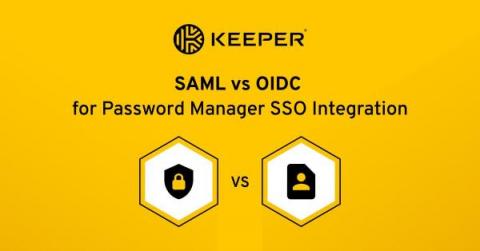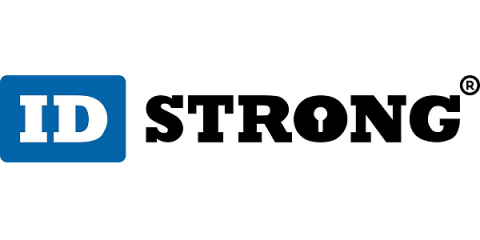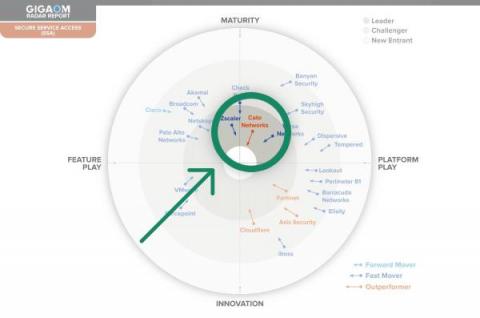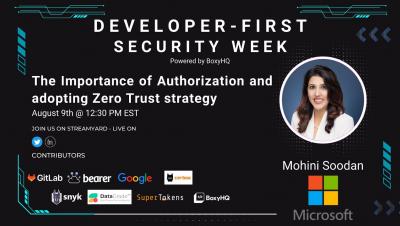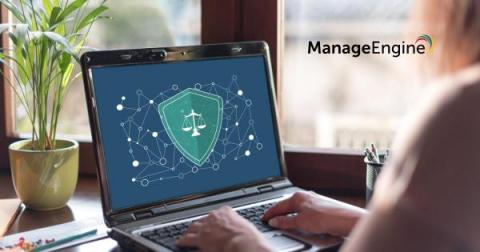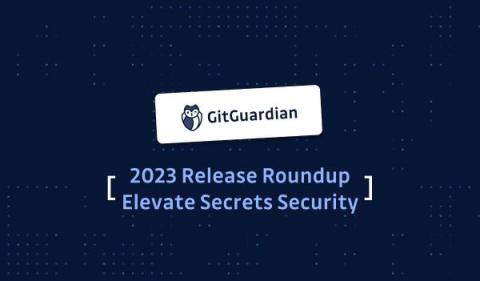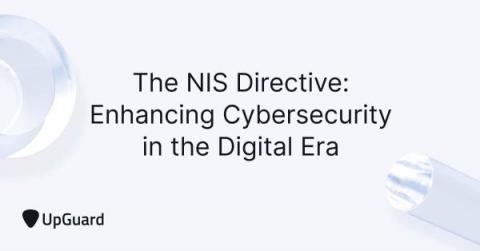SAML vs OIDC for Password Manager SSO Integration
Single Sign On (SSO) helps organizations improve their security posture while streamlining the employee login experience. Implementing an SSO platform across your organization is almost always a good idea. However, SSO leaves significant security and functionality gaps that organizations need to be aware of and address. SSO doesn’t cover everything. Many websites, applications, and systems are not included in SSO deployments, and each of those presents a cybersecurity risk.


